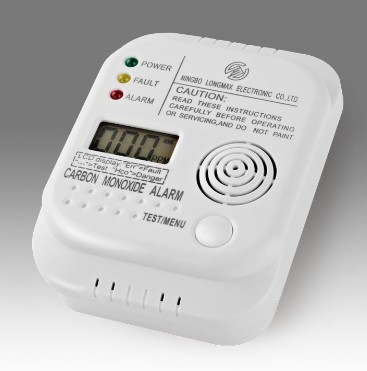When installing a Classic Carbon Monoxide (CO) alarm, i […]
When installing a Classic Carbon Monoxide (CO) alarm, it is crucial to follow the manufacturer's instructions and pay attention to specific guidelines to ensure proper functionality and safety. Here are some important considerations:
Placement: Install the CO alarm in a central location outside each sleeping area and on every level of the home. The alarm should be mounted on a wall or ceiling, following the manufacturer's recommended height and distance from potential CO sources.
Distance from Appliances: Keep the alarm at least 5 feet (1.5 meters) away from fuel-burning appliances like gas stoves, furnaces, water heaters, and fireplaces to prevent false alarms and to ensure accurate readings.
Ventilation: Do not install the CO alarm in areas with poor ventilation, such as crawl spaces, garages, or damp areas, as this can affect its performance.
Temperature and Humidity: Consider the temperature and humidity conditions where you plan to install the CO alarm. Some models may have specific operating ranges, and extreme conditions could impact their functionality.
Interconnection: If your home has multiple levels, it is advisable to use interconnected CO alarms. When one alarm detects CO, all interconnected alarms will sound, providing early warning throughout the house.
Battery Placement and Replacement: If the CO alarm is battery-powered, follow the instructions for proper battery insertion and replacement. Test the alarm regularly and replace the batteries according to the manufacturer's recommendations.
Test Functionality: Before installation, test the CO alarm to ensure it is functioning correctly. Follow the testing procedure outlined in the user manual.
Read the Manual: Carefully read the user manual and installation guide provided by the manufacturer. Each CO alarm may have specific installation requirements, and it's essential to understand them thoroughly.
Keep Clean: Regularly clean the CO alarm to prevent dust and debris from affecting its sensors and performance.
Maintenance and Replacement: Follow the recommended maintenance schedule provided in the user manual. CO alarms typically have a limited lifespan (usually around 5-7 years). After this period, replace the alarm with a new one to ensure continued protection.
Certification: Choose a CO alarm that meets recognized safety standards and certifications, such as UL (Underwriters Laboratories) or CSA (Canadian Standards Association).
Alarm Activation: In the event of a CO alarm activation, ensure everyone in the household is aware of the proper response protocol, including evacuating the premises and contacting emergency services.
Remember, a CO alarm is a critical safety device that can save lives by detecting the presence of a colorless and odorless gas. Proper installation, maintenance, and adherence to safety guidelines are essential to its effectiveness.